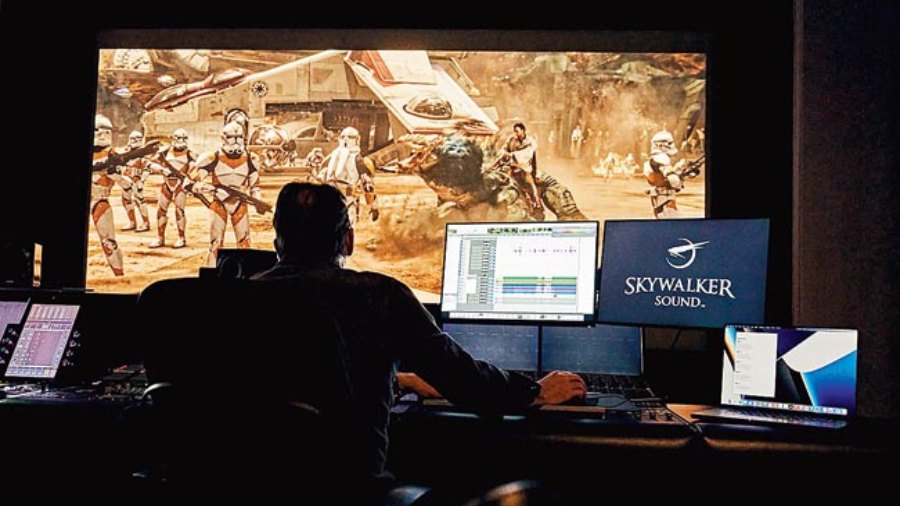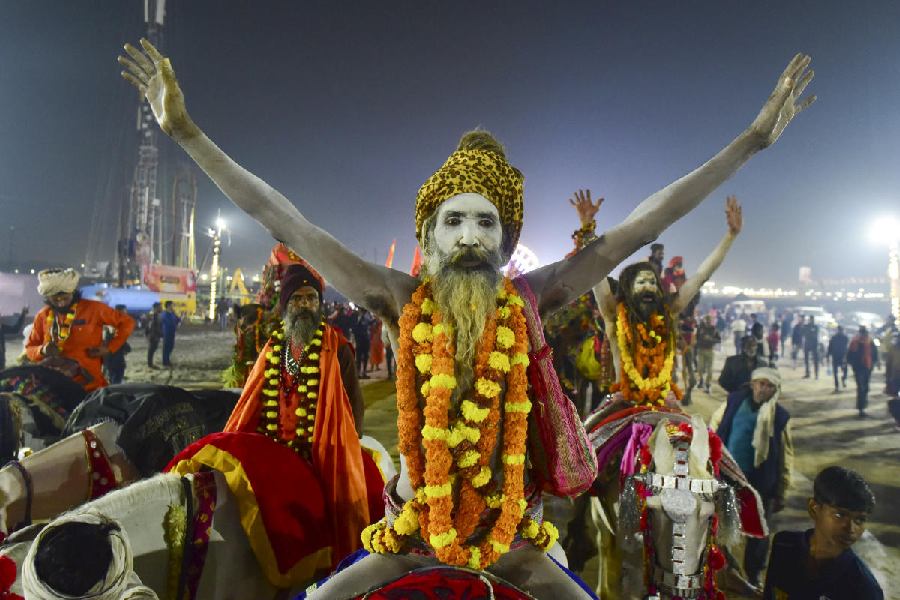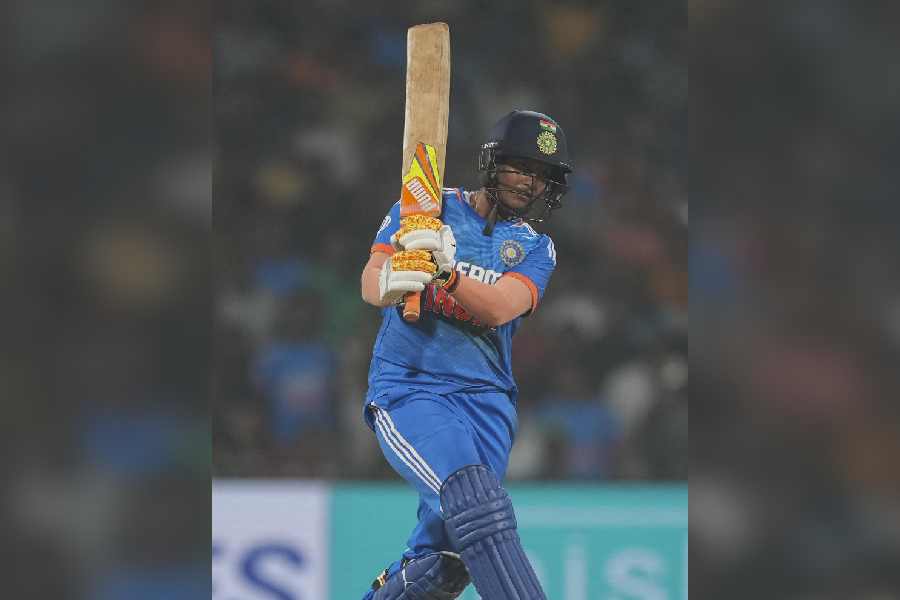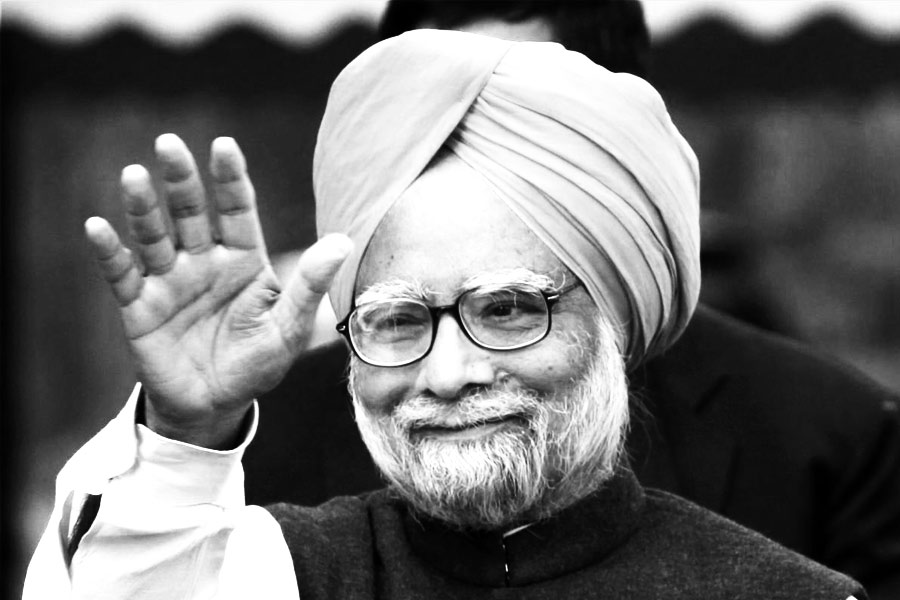The Skywalker Ranch in California’s Marin County is important to the Star Wars universe. Spread over thousands of acres of grassy hills and valleys, it comes with its own lake, stables, library, and Skywalker Sound, a state-of-the-art sound design, editing, mixing, and audio post-production facility. The 153,000sqft building, surrounded by vineyards, creates sounds that are very important in the George Lucas universe.
To celebrate Star Wars Day on May 4 — but of course! — Apple released a short film titled Behind the Mac: Skywalker Sound. The 17-minute film takes viewers behind the scenes at the iconic company and its use of Macs across the workflow. You are made to deep dive into the nuts and bolts of legendary sonic superstars in this featurette.
“Sounds that evoke emotion are what we’re always on a quest for,” supervising sound editor and sound designer at Skywalker Sound Al Nelson says. In the film we see sound engineers making weird noises, beating away at iron shells kept on a broken laptop and walking on grass to capture a rustling sound. If you were to close your eyes, some of the sounds will make you identify the movie and perhaps even the part of the movie it is taken from. That’s the power of sound.
Bonnie Wild, who worked on The Mandalorian, Moon Knight and Star Wars: The Last Jedi, points out the metallic wobbling sound during the Speeder chase on Crait in The Last Jedi when Poe (Oscar Isaac) puts his feet through the Speeder. “You can’t unhear it,” she says. “There’s a pool you enter when you work on the Star Wars projects, and you are kind of given the key. You have access to the Star Wars library, which is maybe one of the best things ever. It felt slightly nerve-racking to get access to all the Star Wars sounds, because it did feel like breaking into a vault.”
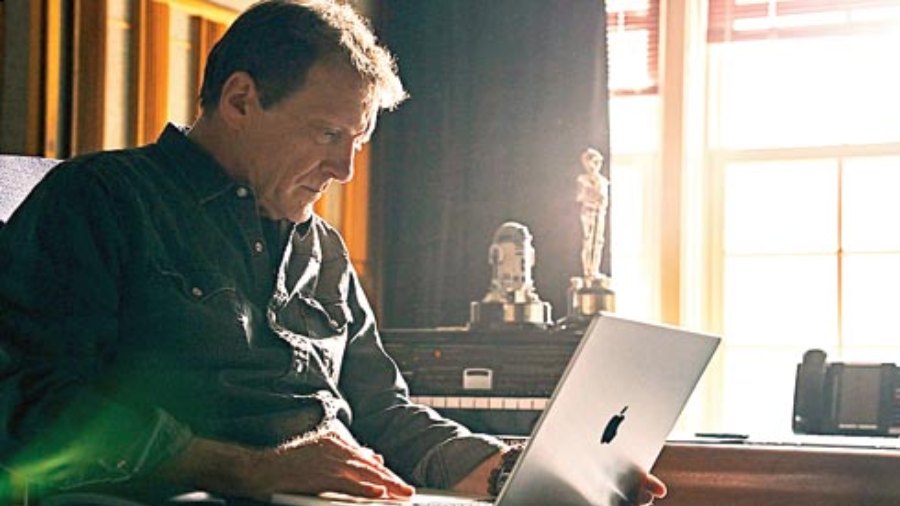
Skywalker Sound has built a sound library of more than 700,000 recordings
The sound library system Soundminer allows for descriptive keyword searches “almost poetic in their specificity”, keeps pace with Skywalker Sound’s ever-expanding library of nearly a million sounds. Keeping things moving is the power of approximately 130 Mac Pro racks, as well as 50 iMac, 50 MacBook Pro, and 50 Mac mini computers running Pro Tools as their main audio application, along with a fleet of iPad, iPhone, and Apple TV devices.
“I started out with a Macintosh SE, way back. Word processing was a huge leap forward for me as a writer,” says Ben Burtt, the legendary sound designer of the original Star Wars films, the prequels, and the Indiana Jones franchise. “Sound editing in a way is really the same as word processing; cutting and pasting files. All the experience I had on the Mac immediately gave me training for what came along in cutting digital sound. I started cutting using a Mac with Final Cut in the late ’90s, and now have four Mac computers. Each handles a different process: one for picture editing, sound editing, manuscript writing, I’m completely surrounded. They’re labeled Alpha, Beta, Gamma, Delta.”
During field recordings in nature, supervising sound editor Baihui Yang puts emphasis on the handiness of having a MacBook Pro on-site. “We can bring the Pro Tools session with us in the field and watch and record and quickly put it together, to test whether it works or not. If you bring all the recordings back to the studio, you don’t know if you’ve missed the moment.”
To offer an example of unique sounds. A contractor who knew Burtt once heard a strange, broken ceiling fan in an apartment he was servicing. He informed Burtt, who recorded of the wobbly blades and transformed into the ominous sound of the laser gates that momentarily divide Qui-Gon Jinn and Darth Maul during the climactic lightsaber duel in Star Wars: Episode 1 — The Phantom Menace.
On May 9, fans can join sound designer Leff Lefferts as he shares his favourite projects and how Skywalker Sound brings iconic movie characters to life with Apple Music’s Eddie Francis. You can sign up for the ‘Today at Apple’ session at apple.co/skywalker-sound.

